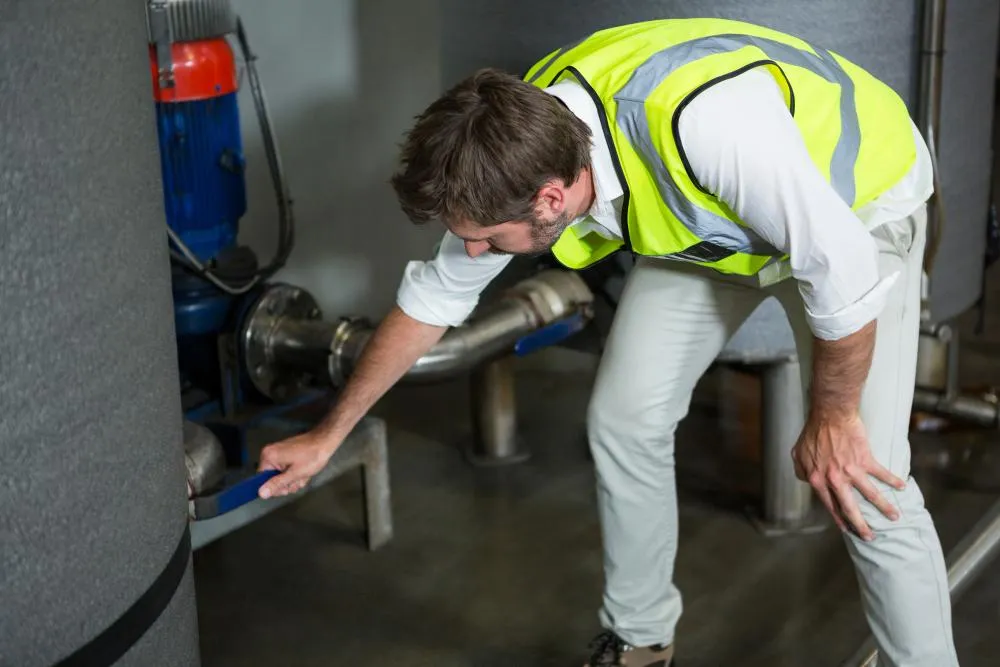
The Hidden Dangers of Ignoring Gas Line Leaks in Cold Climates
Picture a harsh Edmonton winter, howling wind, and snow piling up around your home. Meanwhile, your gas lines are working hard to deliver heat, hot water, and energy. But what if there’s a small leak somewhere in that system? In freezing conditions, what starts as a minor leak can turn dangerous fast.
In this blog, you’ll learn why ignoring gas line leaks—especially in cold climates—can lead to serious safety, health, and financial consequences. I’ll explain how leaks occur, what risks they pose in cold weather, how you can detect them, and what steps to take to protect your household.
What Are Gas Line Leaks & Why They Matter
A gas line leak happens when natural gas escapes from piping or connections into areas where it shouldn’t be. Even small leaks can build up combustible concentrations, put off toxic gases, or undermine the integrity of your heating system.
In cold climates, the dangers are amplified:
Gas contracts and expands more with temperature changes, putting stress on pipes and joints
Frost, shifting ground, and freeze-thaw cycles can weaken pipe joints or cause microfractures
Ice formation around soil or pipe trenches may conceal or stress buried lines
Cold systems tend to operate at higher pressures, making small leaks more harmful
The stakes are high: leaks can cause fire or explosion, carbon monoxide poisoning, inefficiency and high energy bills, degraded indoor air quality, and structural damage.
Why Cold Climates Make Gas Leaks More Dangerous
Here are key reasons cold weather exacerbates gas leak risks:
Material stress from thermal cycling: Repeated freezing and thawing make pipes and fittings more brittle over time.
Concealment by snow and ice: Leaks under snow or frozen ground can go unnoticed for longer.
Reduced ventilation: During winter, homes are often sealed tighter to conserve heat, reducing natural airflow that might otherwise disperse small leaks.
Pressure fluctuations: Gas systems may work harder, fluctuating pressures can aggravate leaking joints or seals.
Condensation and freeze damage: Moisture accumulation from leaks may freeze, further cracking or damaging piping.
Detection difficulty: Cold temperatures affect sensors, instrumentation, and detection tools making leaks harder to detect timely.
Because of all this, what seems like a minor leak in spring or summer could become a serious hazard in winter.
Signs of Gas Line Leaks You Should Never Ignore
Watch for these red flags in your home or property:
Unusual rotten egg or sulfur-like odor (gas is odorized for this reason)
Hissing or whistling noises near gas appliances, pipes, or meter
Dead patches of lawn above buried gas lines (gas displaces oxygen)
Stains, corrosion, or discoloration on pipe joints or fittings
Frequent blackouts or flickering pilot lights in gas appliances
Symptoms like headaches, dizziness, nausea, or fatigue when indoors
Rapid increases in gas bills without a change in usage
If you notice any of these, treat them as urgent.
How to Safely Handle & Prevent Gas Leaks
Here’s what to do if you suspect a gas leak, and how to prevent them long term:
Step 1: Immediate Safety Response
Don’t turn on lights, electrical switches, or appliances
Ventilate if possible (open windows)
Evacuate the premises immediately
Call your utility provider and licensed gas technician from a safe distance
Step 2: Professional Leak Detection & Repair
A licensed plumber or gas technician should perform a pressure test, use gas detectors, and inspect all fitting joints
Replace weakened pipe segments, update seals, and resecure connections
Step 3: Regular Inspections & Maintenance
Schedule annual inspections before winter sets in
Check all accessible gas fittings, appliances, and connections
Monitor for gradual pressure drop in the system
Step 4: Upgrade & Use Safer Materials
Use corrosion-resistant piping and quality sealing materials
Consider flexible gas lines in areas prone to movement
Insulate or protect buried lines from frost heave
Step 5: Install Gas Safety Devices
Carbon monoxide detectors in key areas of the home
Gas leak sensors near appliances, meters, or possible leak points
Step 6: Educate & Prepare
Make sure household members know how to shut off the gas supply
Keep a gas technician’s contact handy
Respond immediately at first signs, even minor ones
By taking prevention seriously, you reduce the chances of small leaks turning into disasters.
FAQs on Gas Line Leaks in Cold Regions
Q: Can a small gas leak cause an explosion?
A: Yes. Even low-level leaks can accumulate to an explosive concentration if confined.Q: Is carbon monoxide a risk from gas leaks?
A: Yes. Some leaks or incomplete combustion can release carbon monoxide, which is colourless and deadly.Q: Do I need yearly gas line inspections?
A: In cold climates, yes. Annual checks before winter help detect early wear or leaks before conditions worsen.Q: Will snow or ice damage gas lines?
A: They can. Frost heave, soil shifting, and freezing moisture may stress underground or exposed pipes.Q: Can I detect a leak myself?
A: Some small leaks may be detectable via odor or sound, but professional gas detectors and pressure tests are far more reliable and safe.
Conclusion
Ignoring gas line leaks—especially in a cold climate like Edmonton—carries risks that are too serious to gamble with. From explosion danger to health hazards, structural damage, and inflated energy bills, leaks pose multi-layered threats.
Investing in regular inspections, updating materials, installing detectors, and reacting quickly to warning signs can dramatically reduce your risk. As gas plumbing professionals in Edmonton, we can help you inspect, repair, and safeguard your system before winter brings greater dangers.